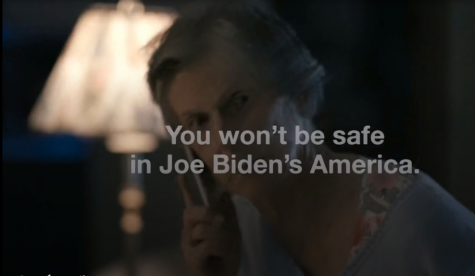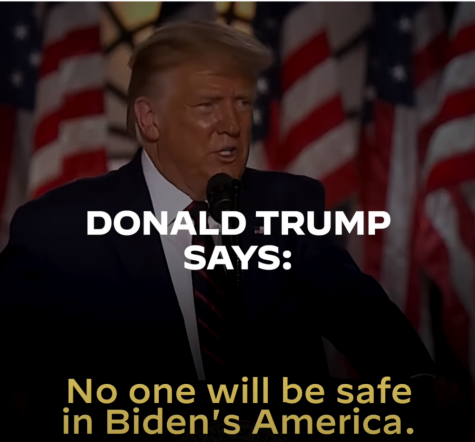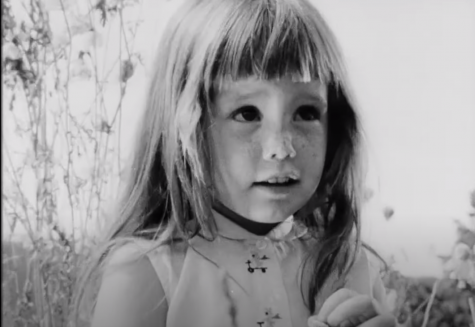What do Donald Trump, Wes Craven, Joe Biden, and John Carpenter all have in common? The answer: they each tell stories designed to scare audiences. What better month to scare Americans than October?
The differences are that Wes Craven and John Carpenter’s stories were intended to scare us for entertainment purposes, whereas our presidential candidates may intend to plant fears of the possible future. As the presidential election draws near, so has the increase in fear tactics and mongering. But do these ads fulfill their purpose? Professor Brian Thornton goes in-depth with the history of fear campaigns and the after-effects on voters.
The history of fear ads can become directly aligned with the advancement of media.
“Candidates have been using fear tactics ever since the beginning of this country, but I do believe it is getting worse,” Thornton stated.

According to Thornton, fear-mongering was exhibited on full display during the first 2020 presidential debate. Each candidate has their own vision of what America should resemble. The tone for describing their opponent’s America is more ominous. Each candidate has their own unique way of scaring voters that range from using actors, clips of recent events, and choice of music. While Donald Trump may push the narrative that Joe Biden will abolish the police, Biden may counter with Trump inciting violence.
Halloween is scary enough but can these gentlemen scare Americans enough by portraying each other as the political boogeyman?

It is one thing to see fear ads but are they effective for presidential candidates in receiving votes?
According to Thornton, it all depends on how well informed voters are during the election. In the past, reception to fear ads differ due to the existence of social media. Thornton states that now voters can educate themselves instead of trusting the words of presidential candidates like Lyndon Johnson.

Feature Image
“Fear campaigning and mudslinging can work but it depends on the sophistication of the audience,” says Thornton. “Lyndon B. Johnson said Barry Goldwater was dangerous, crazy, and if he becomes president then we will go to nuclear war.”
Thornton says Lyndon Johnson asserted his claim that his opponent would cause a nuclear war with the political ad, “Daisy.” According to Thornton, Johnson’s victory may have been largely attributed to the response from “Daisy.”
The best way to avoid fear this Halloween is to become more aware of your own reality. The same can be said in response to fear ads. According to Thornton, history would say the more knowledge voters can obtain by their own means the less influence these ads can have. We know that vampires and werewolves don’t exist outside of movies (particularly ones that feature a fictional love triangle) because we know better.
__
For more information or news tips, or if you see an error in this story or have any compliments or concerns, contact editor@unfspinnaker.com.







